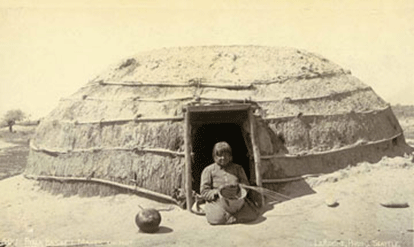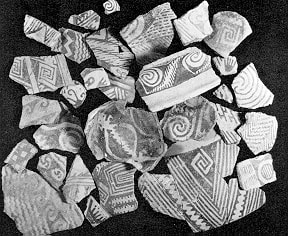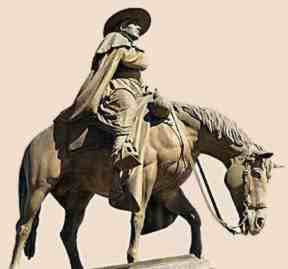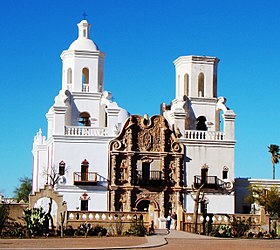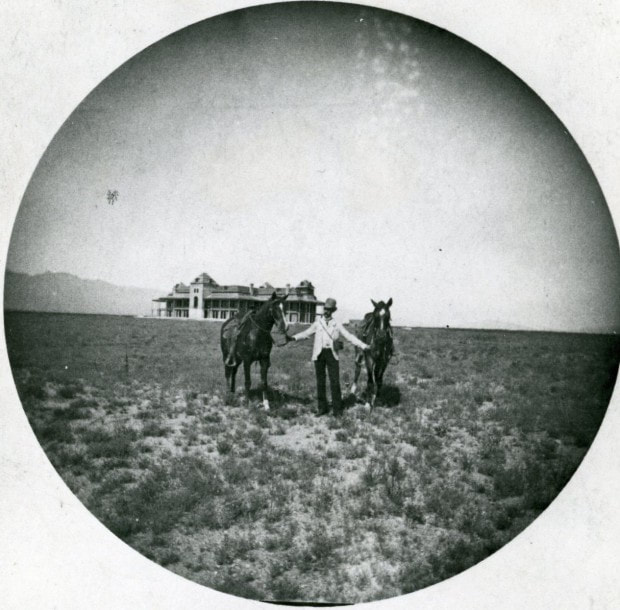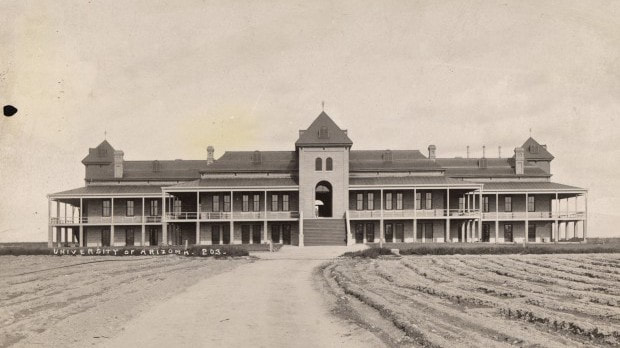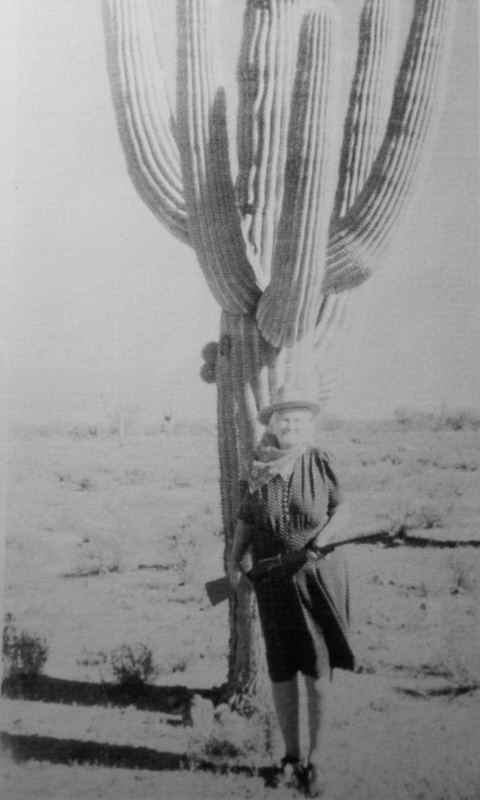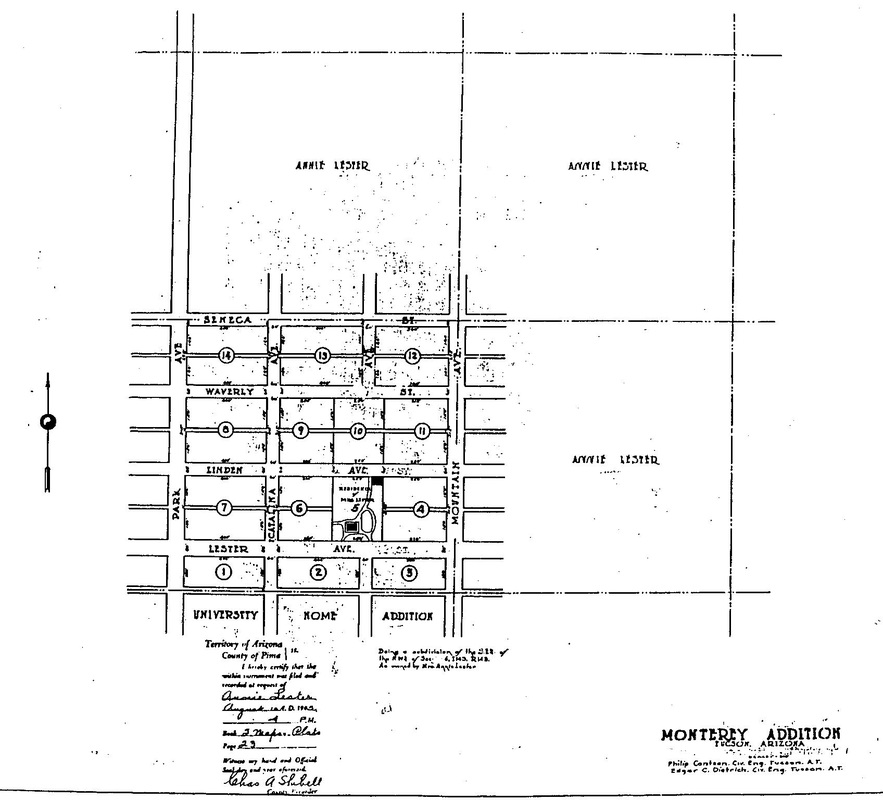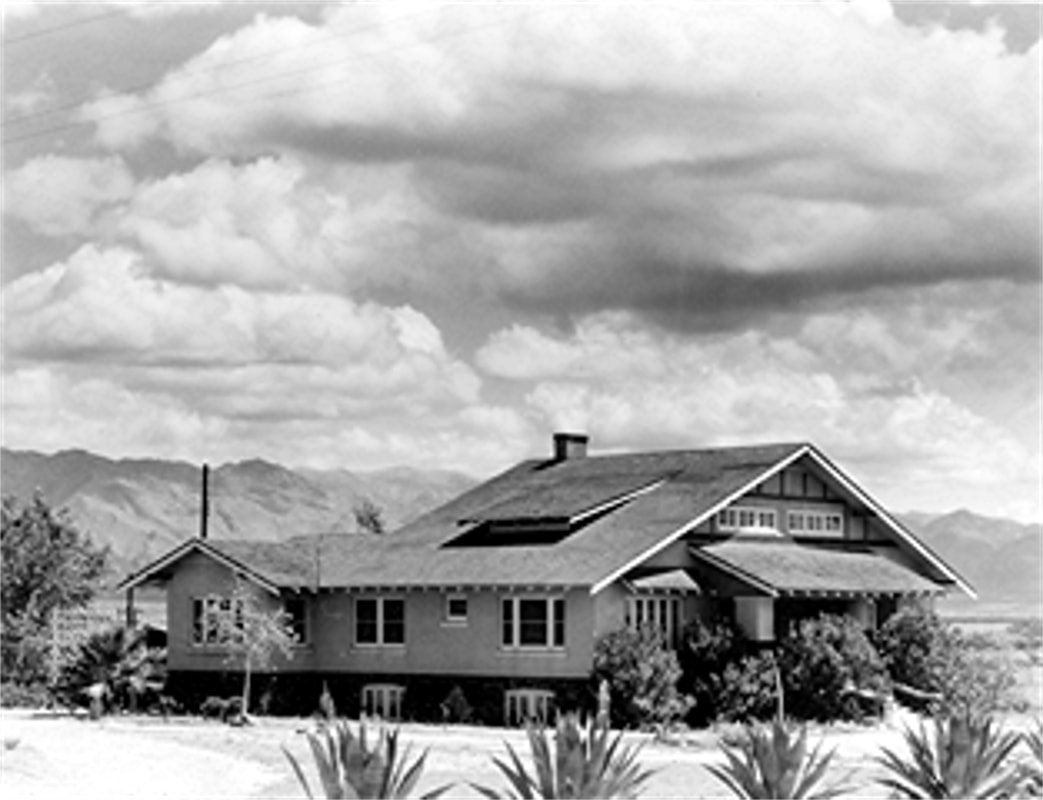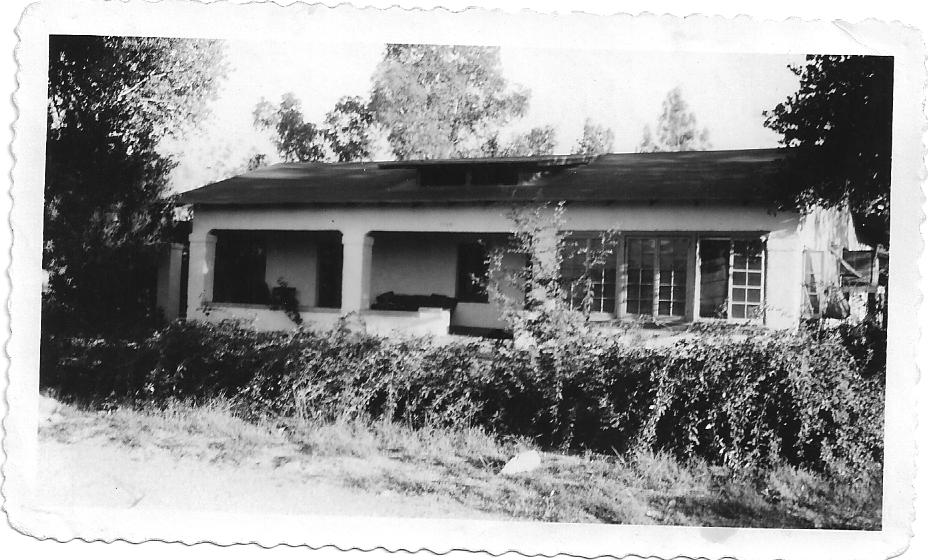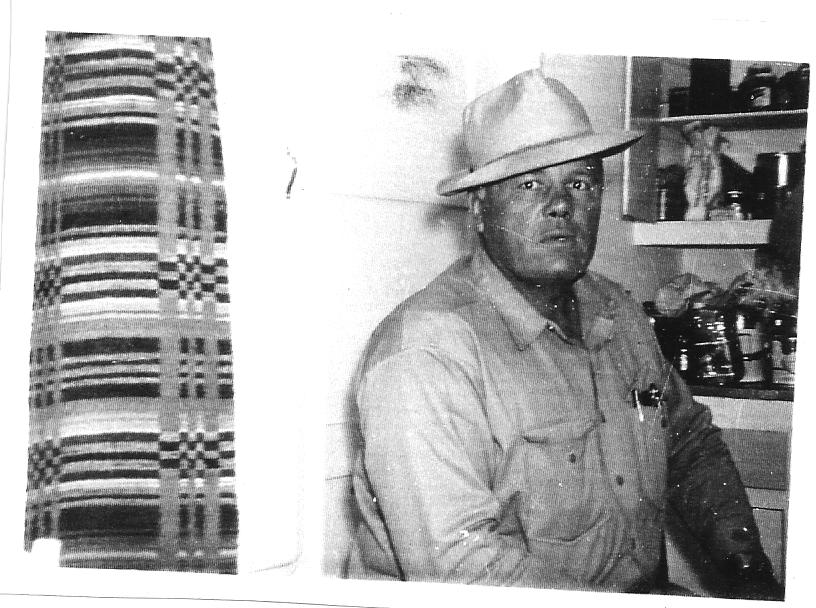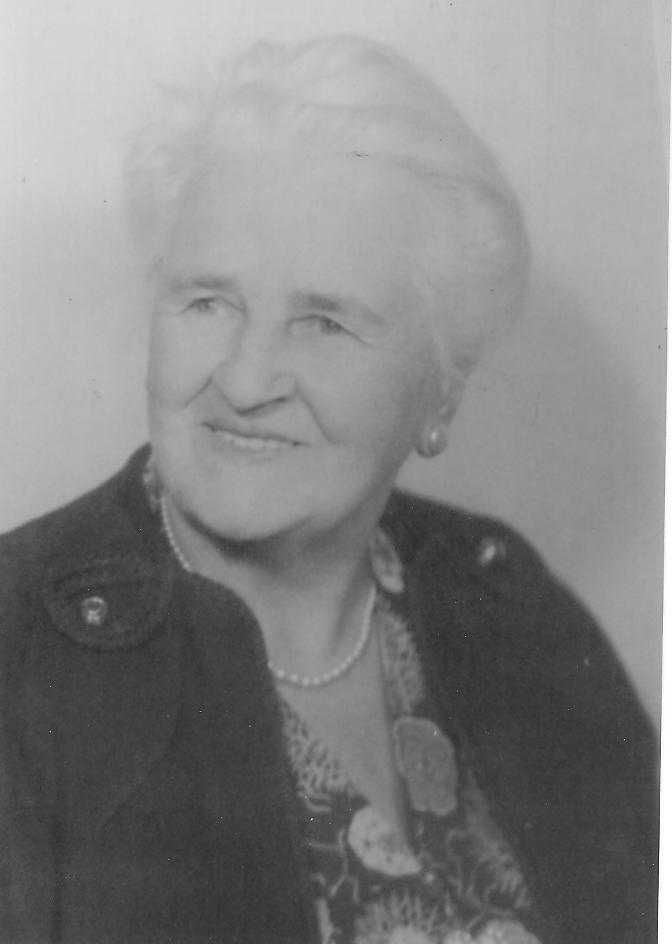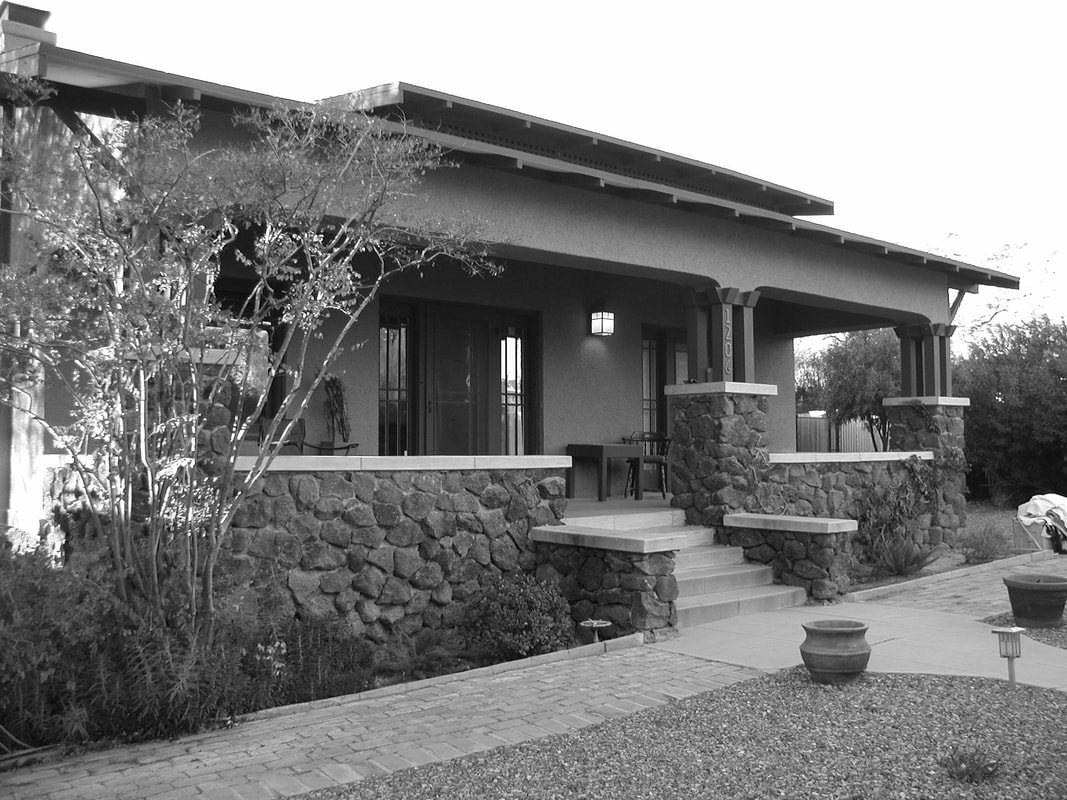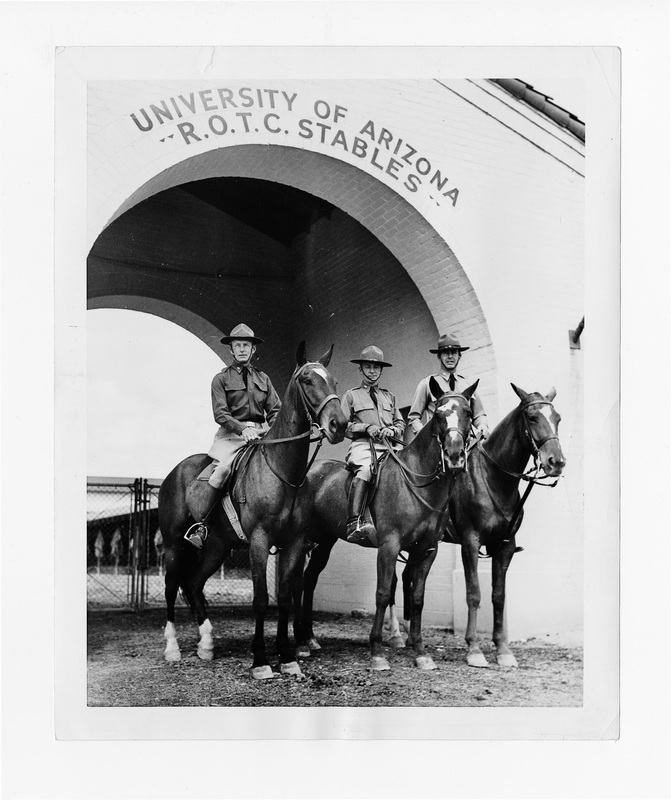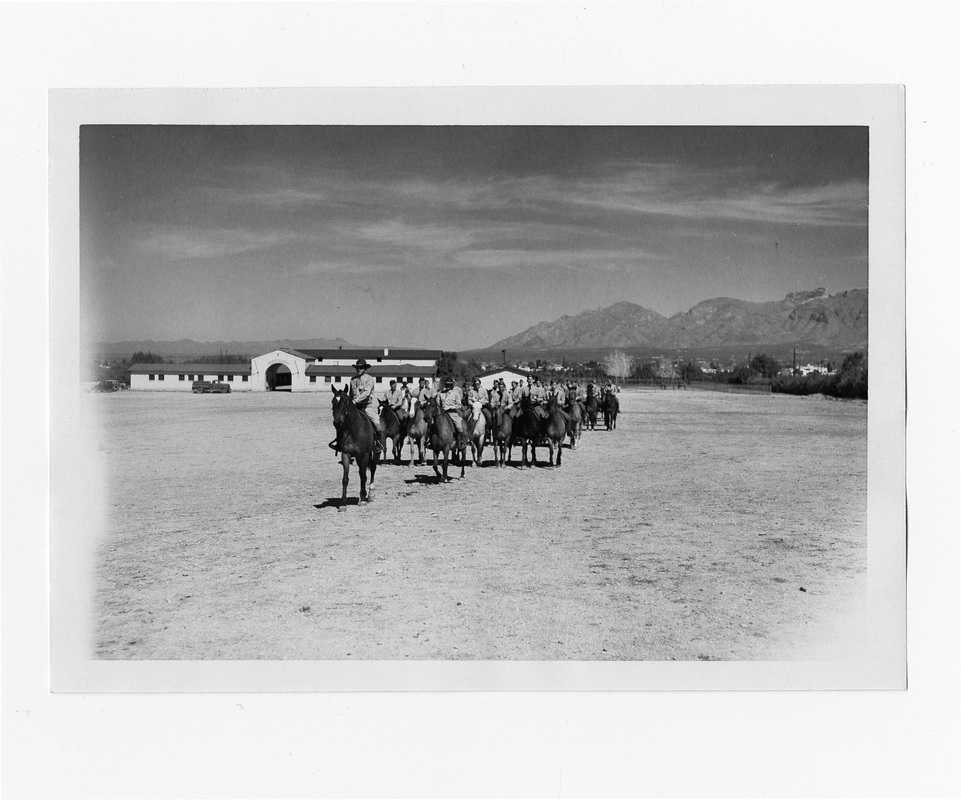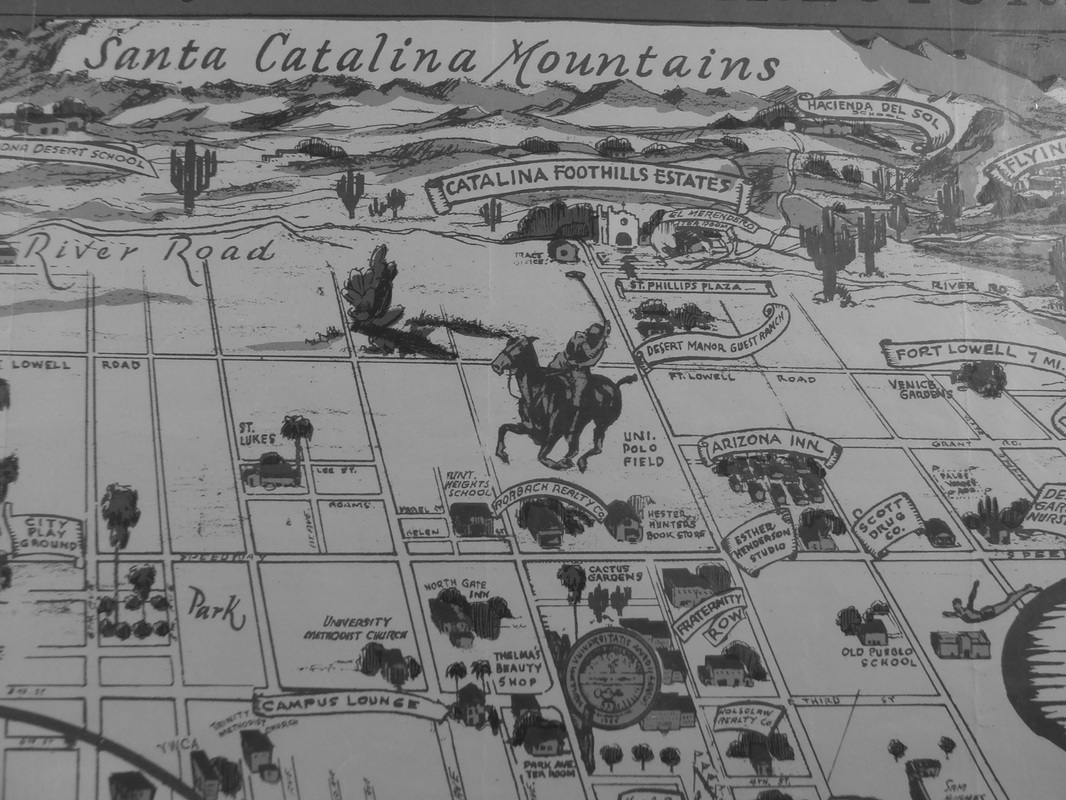One Hundred Years The story of Annie Stattleman/Lester, Homesteader of Jefferson Park
TUCSON REMEMBERS 1998 - Interview with John Pattison, Carl Pattison, and Lynn Peterson
Discussion of Annie Lester and her homestead. Carl Pattison talks of knowing Anna personally and living in the original Lester home.
Discussion of Annie Lester and her homestead. Carl Pattison talks of knowing Anna personally and living in the original Lester home.
Why is Jefferson Park an Historic District?
The fifty-year mark is significant. In order to be named an historic district, over 50% of the homes must be fifty years or older and have facades that have not been significantly altered. Jefferson Park Neighborhood meets those criteria.
Jefferson Park represents two distinct building periods – pre World War II and post-World War II. During the initial development of the neighborhood, 1898-1945, the homes reflected a variety of architectural styles including Bungalow, Spanish Colonial Revival, Pueblo Revival, Southwest and National Folk.
After World War II, the style changed and was influenced by a growing population and its automobiles. America was in love with the automobile after the war--notice the many carports directly off the kitchens. The postwar styles include Transitional Ranch, Simple Builder Ranch, Simple Custom Ranch, Modern Ranch, Tucson Ranch, Postwar Pueblo and Postwar Territorial.*
*Excerpted from the “Character-Defining Elements of the Jefferson Park Neighborhood”
prepared by Scott Solliday, Archaeological Consulting Services, Inc., 2009.
The fifty-year mark is significant. In order to be named an historic district, over 50% of the homes must be fifty years or older and have facades that have not been significantly altered. Jefferson Park Neighborhood meets those criteria.
Jefferson Park represents two distinct building periods – pre World War II and post-World War II. During the initial development of the neighborhood, 1898-1945, the homes reflected a variety of architectural styles including Bungalow, Spanish Colonial Revival, Pueblo Revival, Southwest and National Folk.
After World War II, the style changed and was influenced by a growing population and its automobiles. America was in love with the automobile after the war--notice the many carports directly off the kitchens. The postwar styles include Transitional Ranch, Simple Builder Ranch, Simple Custom Ranch, Modern Ranch, Tucson Ranch, Postwar Pueblo and Postwar Territorial.*
*Excerpted from the “Character-Defining Elements of the Jefferson Park Neighborhood”
prepared by Scott Solliday, Archaeological Consulting Services, Inc., 2009.
AD 1691 and BEFORE - PRE-HISTORIC PERIOD
1691 - KINO BEGINS DOCUMENTED HISTORY OF SANTA CRUZ VALLEY
1885 UNIVERSITY OF ARIZONA IS BUILT
PRE- WORLD WAR I - The first jefferson park homesteader
1898 |
Jefferson Park Neighborhood…was Anna Stattelman’s Homestead
In 1898, a twenty-six year-old German-born woman named Anna Stattelman made claim to the 158-acre tract of land encompassing Park Avenue toward Campbell, from Lester Street north to Grant. According to the official homestead documentation, Anna testified to the primary residence being “32’ x 32’, plus five chicken houses and a barn, with 10 acres fenced, a well, windmill, tank and other small buildings.” That residence was located in the area of Santa Rita and Linden. |
In 1899, she married Frank Lester, who was the superintendent of Mammoth Mines. Anna rode in the wagons that traveled back and forth from the mines sometimes carrying gold.
Anna also owned “320 acres at Cortaro, 160 acres near Mission-Black Hills property at River Road.” The picture above was taken at Cortaro in 1945. Excerpted from the “Jefferson Park Neighborhood’s 100th Birthday Celebration” pamphlet, Oct 17, 1998..
Anna also owned “320 acres at Cortaro, 160 acres near Mission-Black Hills property at River Road.” The picture above was taken at Cortaro in 1945. Excerpted from the “Jefferson Park Neighborhood’s 100th Birthday Celebration” pamphlet, Oct 17, 1998..
1900-19401942- Pat Lester-boxer
|
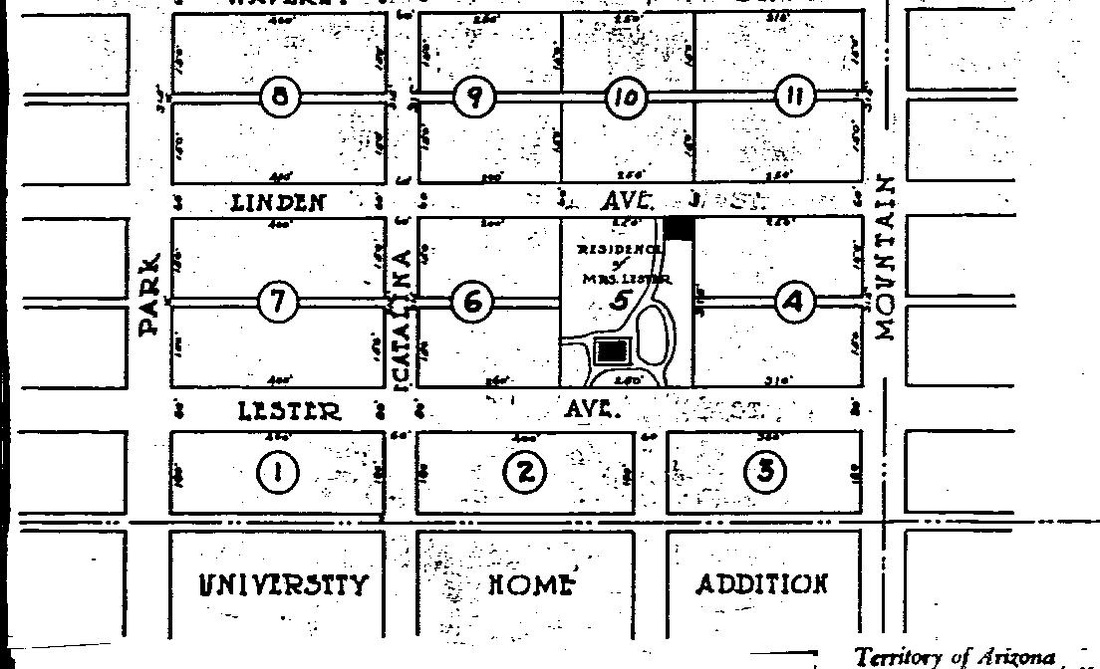
This Monterey Addition subdivision map dated August 10, 1905, shows Annas’ original homestead directly west of the 1920 home found just east on Lester today. The original home extended from Linden to Lester. Anna states the house was built in July 1898…” house 32x32 ft., 5 chicken houses and a barn .10 acres fenced, well, windmill, tank and other small buildings. Value $1500.”
Anna Lester built several homes. She wanted to encourage the development of the area into a family neighborhood. Woodson Allen remembers, “It was said that Anna wanted young people with children to move in the neighborhood and wanted a school for her own children. ..She first told me about it in 1942 and she used to encourage me to buy property along Park Avenue and she…made me an offer of $150 per lot. Well, I couldn’t afford…a young kid going to school. I didn’t have the money, but I could see that it was a worthwhile investment.”
Her homes on Lester are all of the craftsman bungalow architectural style. “Bungalow” is an East Indian word meaning “small house”. The craftsman is a type of bungalow. Some bungalow style homes were brought to Tucson in the 1920’s by rail as Sears packages. Materials were cheap at the time and the railroad could bring materials from Sears to Tucson warehouses economically. The Lester homes are definitely not a Sears package house. They are too big. The earliest were built with the help of the Pima and Tohono O'odham carpenters. The foundations were crated from the volcanic rock taken from what is now "A" mountain. STREET NAMES ANNA STATTLEMAN, later to marry and become Anna Lester, also named many of the streets. Of course, she named Lester. But other streets in the neighborhood were also named by her: Linden – an ornamental tree common in Germany, where Anna Lester was born; Seneca – small multi-trunked tree native to Japan; Waverly – another name for quaking aspen, one specie of which is common in Germany; Pine Avenue – subsequently renamed Warren (We are still researching that one); Maple Avenue – subsequently renamed Martin (Still to be researched) and Walnut – subsequently renamed to Cherry. Finally Oak – renamed for John H. Campbell one of the last Justices in the AZ Territory. If you have information or photos to share, or if you know a long-time resident who should be interviewed, please contact a member of the JPNA board http://www.jeffersonpark.info/jp-neighborhood-assn.html ! |
1920-1945 |
1924 – Hoofbeats to the southeast
Polo was brought in to the Arizona territory by the US Calvary units. And, until the start of World War II it was kept alive at the U of A Calvary ROTC program. Important polo fields were located just north and east of what is now Jefferson Park. To the east Leighton Kramer build a polo field (Catalina Field) east of Campbell north of Elm. It had stands to hold 1000 people and in 1925 was the site of the first “La Fiesta de Los Vaqueros”. To the north were located the U of A polo fields that are shown in the accompanying photographs. The U of A polo team became quite a powerhouse. It was the first sport to bring national recognition to the U of A. The 1924 team captured the Western Collegiate Championship and traveled to the east coast to present U.S. President Calvin Coolidge with a cowboy hat. In May 1931 Will Rogers, a polo enthusiast, did a benefit performance at the Fox Theater to raise money to send the U of A team to play Yale. The university earned the nickname “the college on horseback”. The team played such important teams as Princeton, the Army, Oklahoma, and New Mexico. December 7, 1941 players were getting ready for a game when the terrible news blared from the radio—Pearl Harbor had been bombed. Boys went off to join a mechanized army no longer relying on horses. This was the end of polo at the U of A. By 1944, eighty head of the horses at the U of A had been sold off. Sources: www.tucsonrodeoparade.org AZ Highways, May 1988, pp29-30 en.wikipedia.org/wiki/Arizona_Wildcats AZ Historical Society Library |
